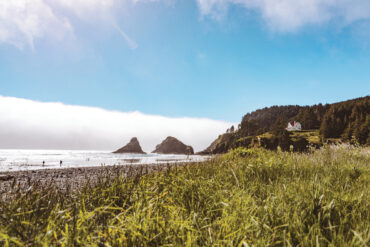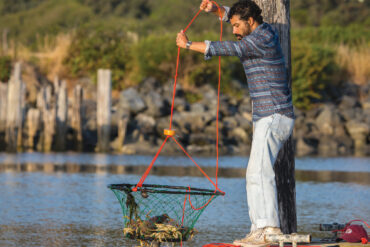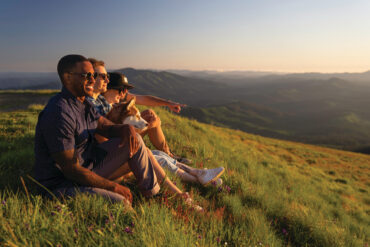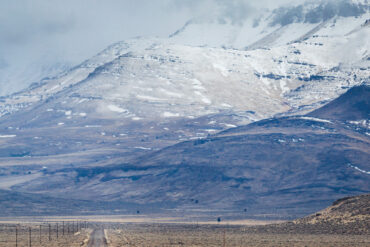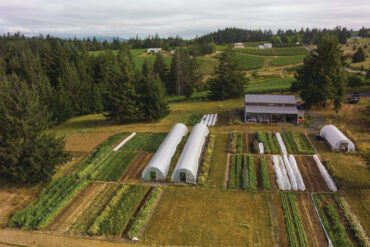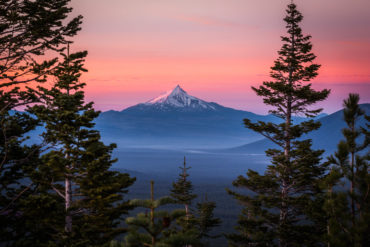Oregon’s Devilish Places
The devil wears drama … and beauty and intrigue in Oregon’s places that take its name written by Jen Sotolongo When Portuguese explorer Ferdinand Magellan named the Pacific Ocean due to his observations of the calmness of the water, he clearly didn’t visit the Oregon Coast. All along the entire coastline, visitors can find a number of “devilish” spots where Lucifer himself seems to have put in the work to make a joke of peaceful waters encountered by Magellan. Thanks to its rugged coastline, the Coastal Range, and tumultuous winter windstorms, several destinations named for the Devil located along the Oregon Coast (and a bonus spot near Mount Hood) prove that the Pacific is anything but peaceful. The best way to visit the churns, elbows, caldrons, and punchbowls is to plan a road trip along Highway 101. If you really want to see the Devil at work, plan the trip…


